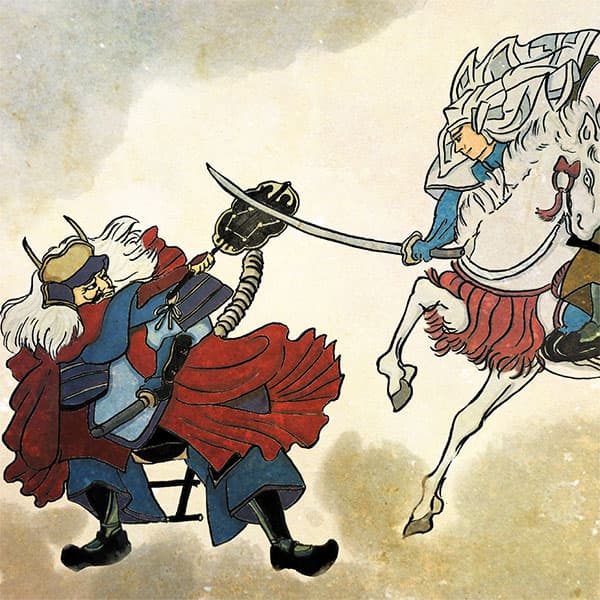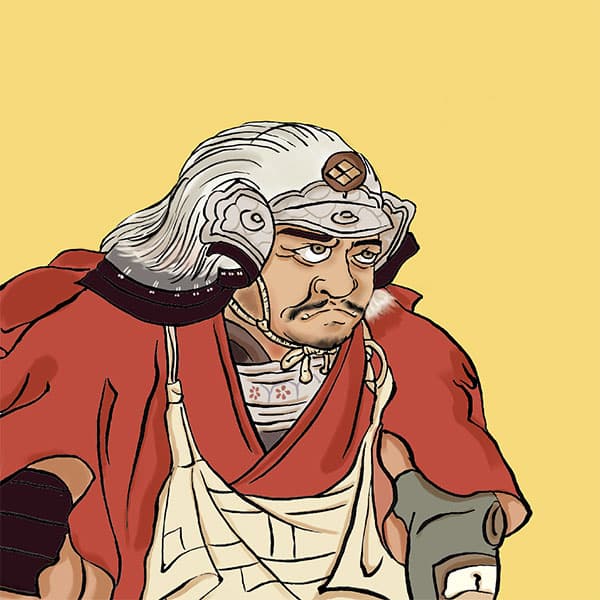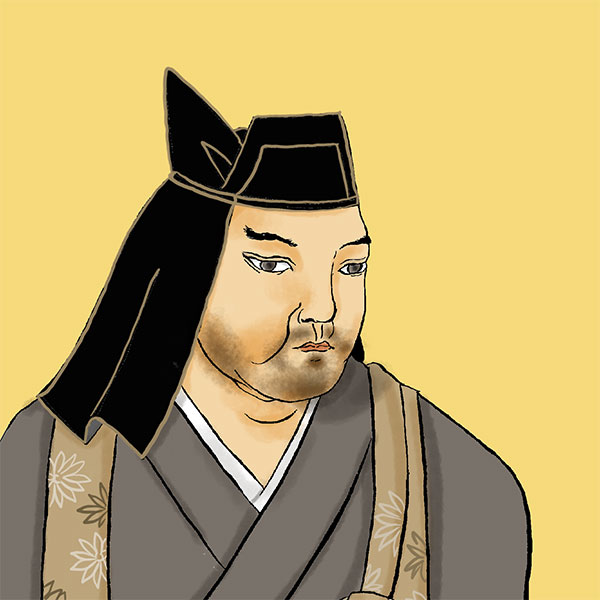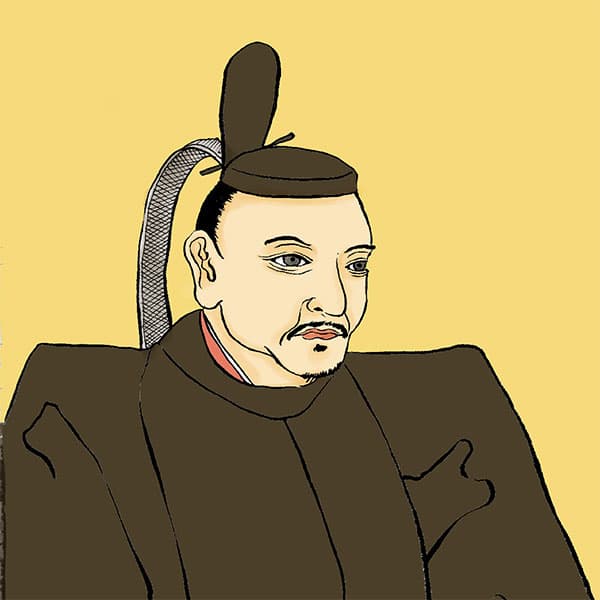Battle of Kawanakajima (2/2)Destined rivals, Takeda Shingen and Uesugi Kenshin

Battle of Kawanakajima
- Article category
- case file
- Incident name
- Battle of Kawanakajima (1553-1564)
- place
- 1384-1 Kojimadacho, Nagano City, Nagano Prefecture
- Related castles

Kofu Castle

Tsuchigasakikan

Odawara Castle

Matsushiro Castle
- people involved
Kenshin left Echigo in August and arrived at Zenkoji Temple on August 15th. Leaving 5,000 soldiers at Zenkoji Temple, he crossed the Saigawa River and Chikuma River with 13,000 soldiers, and on the 16th, he encamped on Mt. Tsuma, which had a good view, across from Kaizu Castle. Kenshin is taking the risk of invading the area of influence of the Takeda clan and setting up camp, and his subordinates voice their concerns as they are in a position where they are likely to be pincered by the Takeda army, but Kenshin does not move. I can sense his enthusiasm, saying, ``No matter what, I'll settle with Shingen.'' One theory says that after luring Shingen out, he called in reinforcements from Echigo and planned to fight with Zenkoji Temple as the vanguard.
After receiving the news from Kaizu Castle, Shingen departed from Tsuchigasakikan on the 16th, and set up his headquarters in Amemiyawatari on the 24th with 18,000 soldiers. We often see descriptions of them ``taking up camp on Mt. Chausu,'' but Mt. Chausu does not appear in "Koyo Gunkan." Shingen watched the situation for a while, but when Kenshin did not move, he entered Kaizu Castle on the 29th. At this point, the Takeda army had swelled to 20,000 men.
After that, the stalemate continued for a while, but Shingen was the first to make a move. A military council was held on September 9th, and Yamamoto Kansuke and Baba Nobufusa consulted and proposed measures. The troops were divided into two groups, the main force of 8,000 and a detached force of 12,000, and the main force was set up in Hachimanbara at the foot of Mt. The plan was for a detached force to launch a night attack on Mt. Tsumame, drive the Sugi army to Hachimanbara, and intercept it with the main force, which had been in ambush. This strategy was later named the ``Takumokubird tactic,'' after the woodpeckers were said to strike trees with their beaks and eat the insects that flew out when they were startled.
It may seem like a bad idea to divide a large army of 20,000 into two groups, but in reality, this strategy was based on the assumption that Kenshin would retreat from Mt. In ``Koyo Gunkan,'' Kansuke Yamamoto says, ``If the detached troops begin a battle, the Echigo army will pull them up across the river, whether they win or lose.''
However, Kenshin noticed that the amount of cooking smoke rising from Kaizu Castle was increasing and realized the Takeda army's strategy. As expected from the god of war, he immediately thought of countermeasures and took action. They outwitted the Takeda army, descended the mountain during the night, crossed the Chikuma River, and set up camp in Hachimanbara. At that time, there was a thick fog on Kawanakajima and Shingen did not notice.
When the fog cleared in the early morning of September 10th, Kenshin's 13,000-man army was right in front of the main body of Takeda's army. I think Shingen was really surprised. The Uesugi army attacks the Takeda army with a ``car-holding'' strategy that will lead to a melee. Furthermore, when you hear the word ``Kuragari'', you have the image of a car spinning around and sending out soldiers one after another into battle, but this seems to have been different at the time. The Takeda army, on the other hand, fights back with the Tsuru Wing Formation, but is outnumbered by the tremendous strength of the Uesugi army.
However, when a separate detachment from the Takeda army that had been attacking Mt. Tsumame arrived at Hachimanbara and attacked Kenshin from behind, the situation was reversed. Kenshin, who was caught in a pincer attack, crossed the Saigawa River and fled to Zenkoji Temple. Shingen also stopped his pursuit and drew his troops to Hachimanbara. Kenshin returned to Echigo with the soldiers stationed at Zenkoji Temple.
In ``Koyo Gunkan,'' there is a description of a ``one-on-one combat'' in which Kenshin cuts into the main camp on horseback and slashes Shingen with his three swords, which Shingen intercepts with his military fan. Although it is a very dramatic spectacle, there is currently a strong theory that it was created during the Edo period. However, the Takeda army must have been pushed into a corner. In fact, many of Shingen's senior vassals, including Shingen's younger brothers Nobushige Takeda and Kansuke Yamamoto, were killed in this battle. The number of casualties on both sides was estimated to be as high as 8,000.
Although Shingen lost many of his vassals in the 4th Battle of Kawanakajima, he successfully defended Kaizu Castle, which strengthened his control over northern Shinano. Kenshin was able to protect Echigo and deal a heavy blow to Shingen. In the end, it remains ambiguous as to who won this time, but it seems that both warlords declared, "I won!" By the way, in "Koyo Gunkan" it is said that Kenshin won the first half and Kenshin won the second half.
Kenshin at the mercy of Shingen and Ujiyasu
The conflict in Kitashinano came to a halt with the 4th Battle of Kawanakajima. The next stage moves to Ueno Province, next to Echigo, ruled by Kenshin. Shingen invaded Nishi-Ueno in November 1561. Ujiyasu Hojo, who formed an alliance with Shingen, also fought against Kenshin in Musashi Province and other areas. When fighting Shingen, Ujiyasu appears in the Kanto region, and when fighting Ujiyasu, Shingen appears in Shinano. Kenshin is at the mercy of this ``whack-a-mole'' structure.
Furthermore, Shingen extended his control over Hida Province. While Hida was in a state of civil war, the two sides supported different warlords and opposed each other. If Shingen were to take Hida, he might threaten Echigo. Kenshin decides to go to Kawanakajima for the fifth time.
5th Battle of Kawanakajima: Ends in standoff
The fifth and final Battle of Kawanakajima took place in Eiroku 7 (1564). Kenshin seems to have been quite angry at Shingen's actions, and vows to overthrow Shingen by enshrining a petition titled ``Takeda Harunobu's Evil Deeds'' at Echigo-Yahiko Shrine in Kasugayama Castle. Ganbun is abusing Shingen quite a bit, so you can clearly understand his anger...
Kenshin marched to Kawanakajima in August. He tries to lure Shingen out, but Shingen, to avoid a decisive battle, remains stationary at Shiozaki Castle, which is within his sphere of influence at the southern end of the Nagano Basin. The battle lasted for two months, but ended in a standoff, with both armies withdrawing in October.
After the Battle of Kawanakajima
After the 4th Battle of Kawanakajima, Shingen and Kenshin sometimes faced each other in the 5th Battle of Kawanakajima, but they never directly clashed. The two sides supported different warlords in Etchu and fought against each other, but Kenshin moved to conquer Kanto, while Shingen broke off the triple alliance with Imagawa and Hojo and attacked Suruga and other areas of the Tokaido region.
Kawanakajima came under the control of the Takeda clan, but after the Takeda clan was destroyed by Oda Nobunaga, Mori Nagaka ruled it. After Nobunaga passed away in the Honnoji Incident in 1582, the Tensho Migo War occurred, in which the Hojo, Uesugi, and Tokugawa clans fought for supremacy over Kai, Shinano, and Ueno provinces. After the war, the whole of Shinano came under the control of the Tokugawa family.
Reread the article on the Battle of Kawanakajima
- people involved

- WriterNaoko Kurimoto(Writer)I am a former travel industry magazine reporter. I have loved history, both Japanese and world history, since I was a child. I usually enjoy visiting temples and shrines, especially shrines, and often do ``pilgrimages to sacred places'' themed around historical figures. My favorite military commander is Ishida Mitsunari, my favorite castle is Kumamoto Castle, and my favorite castle ruins is Hagi Castle. My heart flutters when I see the ruins of battle castles and the stone walls of castle ruins.









